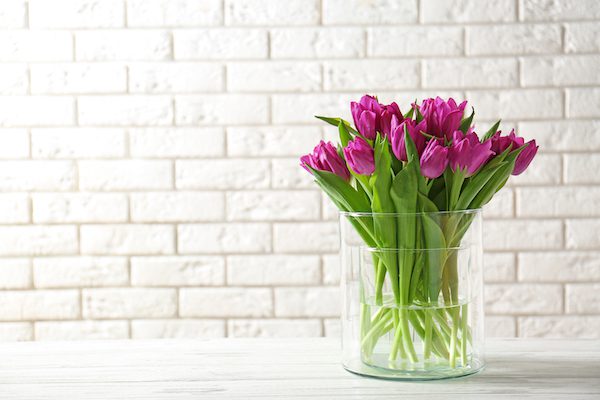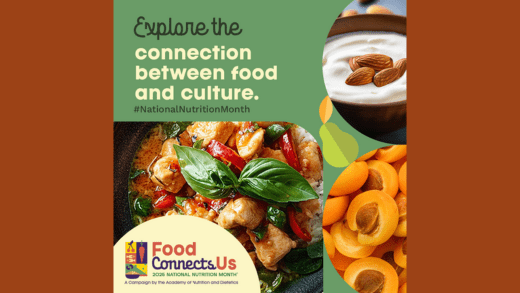Whether it’s to express love or sympathy, celebrate a special milestone or even “just because,” flowers have been the perfect gesture for every occasion for thousands of years.
The ancient Egyptians made bouquets, wreaths and garlands to offer to the dead. The Greeks and Romans believed flowers expressed status and awarded floral crowns to contest winners, and the Middle Ages saw the rise of plant symbolism. This tradition continued into the Renaissance and Victorian eras, with the Victorians creating floral dictionaries to decode the messages they received through flower arrangements.
Sugar also has a long history, with the first indications of the domestication of sugar cane occurring around 8,000 BCE in New Guinea. And, in addition to acting as a sweetener and preservative in food, sugar can also keep your beautiful bouquet of flowers fresh and prolong their vase life by days or even weeks!
While still attached to the plant, the flower benefits from sugars manufactured by the plant’s leaves through photosynthesis. Once the flower is cut from the plant at the stem, the number of leaves providing food is greatly limited, as well as amount of light available for food production. This causes a drastic reduction in the the amount of food available to the flower.
Adding white granulated sugar to the vase water will give flowers nutrients they need to continue growing and developing. However, an antibacterial agent such as vinegar should also be added to prevent bacteria growth which can make the water appear cloudy and interrupt the stem’s water uptake. One recipe for a homemade floral preservative calls for mixing two tablespoons of sugar and two tablespoons of apple cider vinegar with the vase water before adding the flowers. Cut flower stems at a 45-degree angle with a non-serrated knife so greater surface area is available for water uptake, and immediately place the cut ends in water after removing them from the plant. Any leaves below the waterline should be removed from the flower stems, and the solution changed as needed every few days to replace water that evaporates or becomes cloudy.
This homemade floral preservative solution also works well to bring wilting flowers back to life. Not getting enough water is the main reason flowers begin to wilt, and this could happen even if there is plenty of water in the vase. Once a flower’s stem is cut, the tissue which transports water through the flower begins to die and there is no way water can enter the stem itself. Stems should be cut every time vase water is changed. For water-loving flowers like hydrangeas or irises, take the stems out and crush them. Crushing the stems actually improves the health of the flowers by increasing the amount of water they can absorb and improving their chances of hydrating.
Keep your flowers in a cool area away from drafts and heat sources. Cut flowers don’t photosynthesize and so do not benefit from direct sunlight, which can shorten their vase life. Storing your bouquet overnight in the refrigerator can also increase its longevity.
In addition to being beautiful, research has shown that flowers stimulate dopamine, oxytocin and serotonin in the human brain. These hormones promote positive feelings such as happiness, well-being and even love. Use sugar to take care of your flowers, and they will take care of you!





Get Social with #MoreToSugar